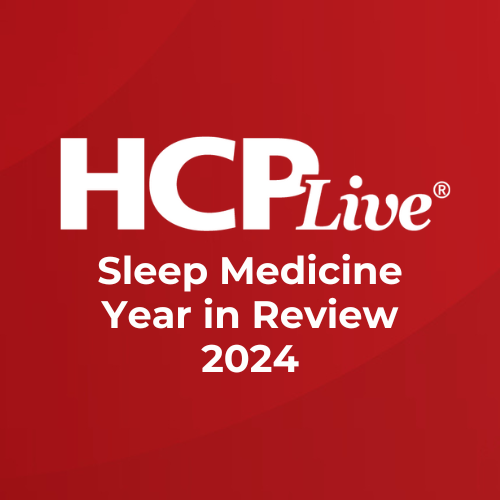Article
Eveningness and Dim-Light Melatonin Onset Linked to Heavy Alcohol Use
Author(s):
A larger circadian photoreceptor responsivity was significantly linked to a later dim-light melatonin onset in light drinkers.
Helen J. Burgess, PhD

New research shows a propensity of eveningness and dim-light melatonin onset (DLMO) directly relates to whether an individual is a heavy or light user of alcohol.
A team, led by Helen J. Burgess, PhD, Department of Psychiatry, University of Michigan, identified sleep, circadian timing, and photoreceptor responsivity in adult alcohol drinkers.
Sleep and Alcohol
While there are several studies showing eveningness is linked to an increase in alcohol consumption, but biological markers of circadian timing, including dim light melatonin onset and circadian photoreceptor responsivity, have not been assessed much in the context of habitual alcohol consumption.
“Numerous studies have reported that later circadian timing in humans, as reflected in proxy markers of circadian timing such as evening chronotype or later sleep timing, is associated with increased alcohol consumption,” the authors wrote.
An example of this is in a recent study showing adolescents with an evening preference reported nearly twice the lifetime drinking occasions compared to adolescents with intermediate or morning preferences. There are other studies showing a high evening preference and/or later sleep times in adolescents was significantly linked to more alcohol use.
In the study, the investigators enrolled 78 participants aged between 21-45 years, which included both light (n = 28) and heavy (n = 50) drinkers between February 2017 and February 2020.
Defining Heavy Drinking
The investigators defined heavy drinking as the consumption of at least 10 standard alcoholic drinkers per week and 1 weekly binge drinking occasion of at least 5 drinks per week for male participants and 4 drinks per occasion for female participants.
Light drinkers were defined as consuming 1-5 alcoholic drinks per week as the predominant drinking pattern with no more than 3 episodes of binge drinking in the previous year.
The study took place over the course of 8 days with data derived from a week of ad lib sleep monitored with wrist actigraphy, followed by a 9 hour laboratory session with a photoreceptor responsivity and circadian phase assessment.
More Sleep For Heavy Drinkers
The study results show heavy drinkers got an average of 28 more minutes of sleep (P = 0.002) and reported more eveningness than the light drinker arm (P = 0.029). The authors contributed the increase in sleep to a later wake time in the heavy drinker group.
There was also a trend of shorter dim light melatonin onset-midsleep interval (P = 0.059) in heavy drinkers, showing a tendency for sleep at an earlier circadian phase within this group. A larger circadian photoreceptor responsivity was significantly linked to a later dim-light melatonin onset in light drinkers (r = 0.44; P = 0.019).
However, this relationship was not found in the heavy drinker cohort (r = −0.01; P = 0.94).
“These results are consistent with earlier reports of more eveningness and a shorter DLMO-midsleep interval being associated with heavier alcohol drinking,” the authors wrote. “The novel finding of reduced circadian photoreceptor responsivity in heavy drinkers is consistent with prior rodent studies.”
The investigators said in the future research should look at the impact of habitual alcohol consumption on other measures of circadian photoreceptor responsivity.
The study, “Sleep and circadian differences between light and heavy adult alcohol drinkers,” was published online in Alcoholism: Clinical and Experimental Research.





